
archeological characteristics

[prehistoric culture] [cultural/historic
park]
[unique plantlife] [archeological characteristics]
[human
history]
[archeological discoveries ]
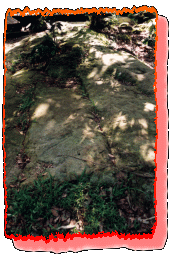 |
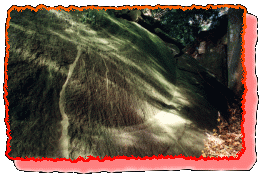 |
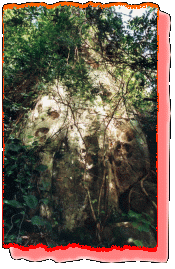 |
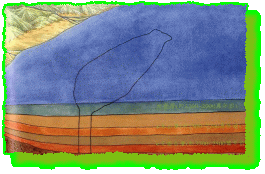 |
|
Jieh Lee |
sun stone |
beehive walls |
dah liao layer |
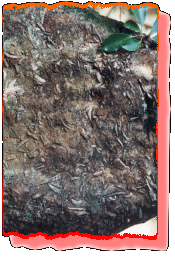 |
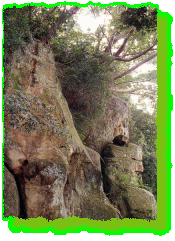 |
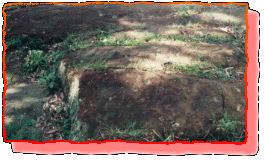 |
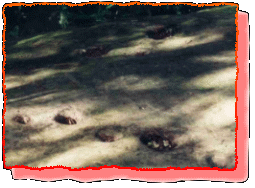 |
|
sea animal fossils |
corrosion |
fossil hall |
hilltop stone hall |
Chee-Shan Rock dates back to about 22 million years ago, and the archeological history has a close connection with the formation of the Taipei area.
 Situated
right in the middle of the Asian/European blocks and the Philippine blocks,
the movement 6 million years ago pushed up the dah liao layer which was
formed 22 million years ago, and gave birth to what we know as Taiwan
today. Even today we can see evidence of the enormous power -- Jieh
Lee -- at work from the dah liao layer.
Situated
right in the middle of the Asian/European blocks and the Philippine blocks,
the movement 6 million years ago pushed up the dah liao layer which was
formed 22 million years ago, and gave birth to what we know as Taiwan
today. Even today we can see evidence of the enormous power -- Jieh
Lee -- at work from the dah liao layer.
 "Jieh
lee" refers to the crack that rocks have after being pushed by enormous
poer. Because the dah liao layer used to an ocean layer, thus we
find thing like shells and sea urchins in this layer.
"Jieh
lee" refers to the crack that rocks have after being pushed by enormous
poer. Because the dah liao layer used to an ocean layer, thus we
find thing like shells and sea urchins in this layer.
About 200,000 years ago, volcanic explosions blocked the old Tan Shui River and its connection to the ocean, and thus forming the Taipei hollow area right now. Then from about 200,000 to 20,000 years ago, it experienced three additional cycles of alternating fresh water lakes and rivers. After that, sea water flowed into the Taipei area. 9,000 years ago Chee-Shan Rock was surrounded by sea water and became a small islan; then 6,000 years ago, mud piled up and water receded, and thus forming the Chee-Shan Rock we see today.
![]()

![]()
![]()
![]()

![]()